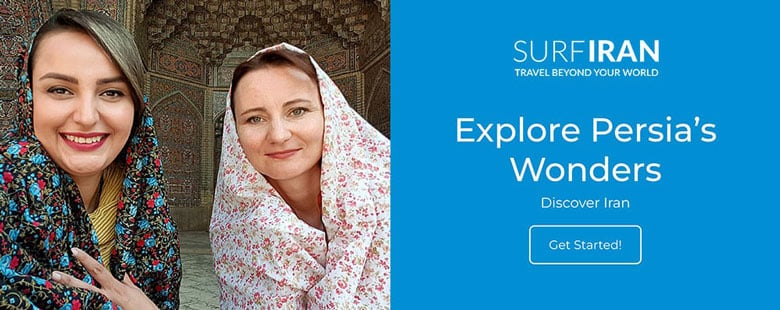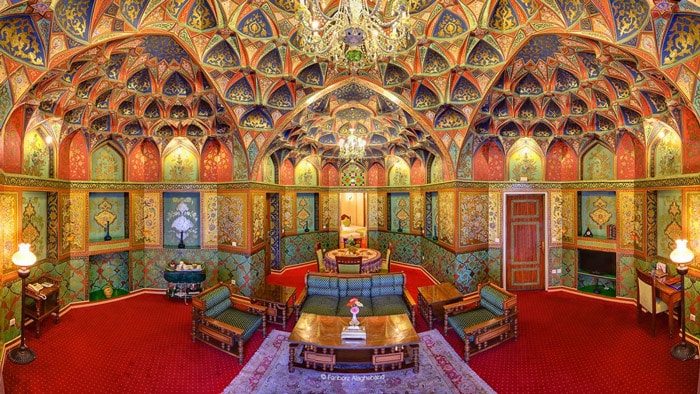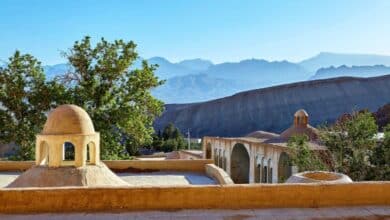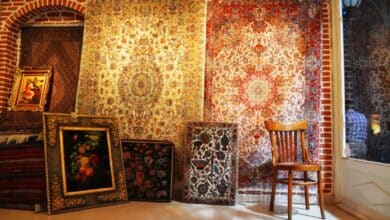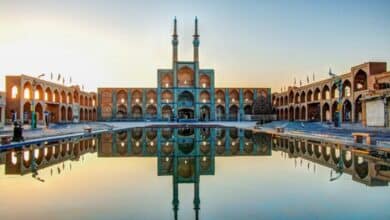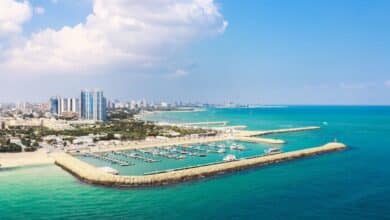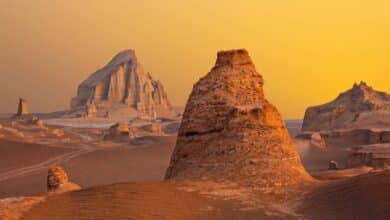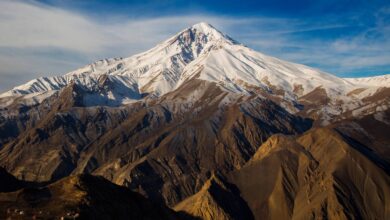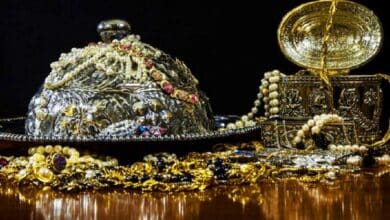Khajou Bridge of Isfahan, Firm And Stable!
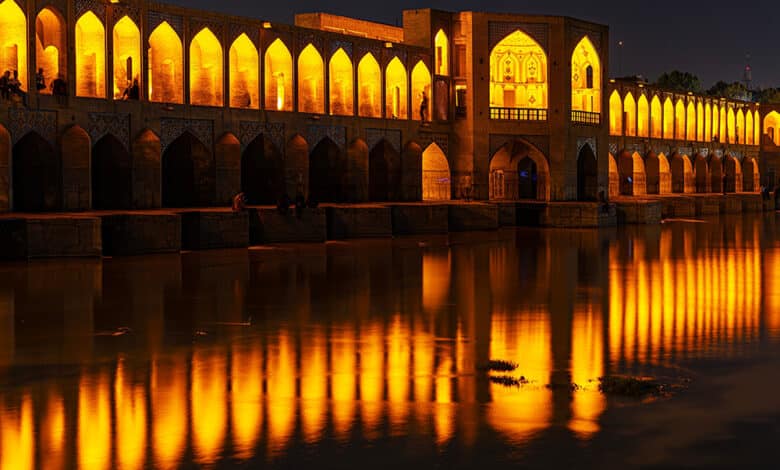
Isfahan, located in the Central District of Isfahan Province, Iran, is a prominent city renowned for its Persian-Islamic architecture, expansive boulevards, picturesque covered bridges, majestic palaces, intricately tiled mosques, and towering minarets. One of the most iconic historical landmarks in Isfahan is the Khajou Bridge, which holds significant cultural and architectural importance in the city.
The Khajou Bridge, situated in Isfahan, Iran, is a remarkable historical bridge. It can be found on the Zayndeh River in Isfahan city, approximately 1800 meters away from the Si-o-se pol (Allah Verdi Khan Bridge). This bridge is prominently positioned at the southern end of Chaharbagh Khajou and at the eastern end of Kamaluddin Ismail Isfahani Street.
Visit to Isfahan would not be considered complete unless you take the time to explore Khajou Bridge.
Contents
History and Architecture of Khajou Bridge
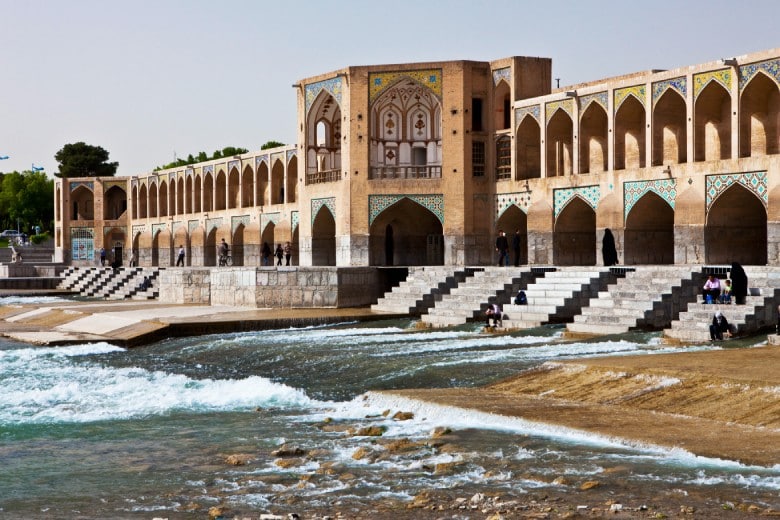
The Khajuo Bridge, constructed during the reign of Abbas II in 1650, replaced an older bridge. It spans 133 meters in length and is 12 meters wide. The construction of this bridge utilized materials such as brick, stone, and stone. It is noteworthy that the bridge features 24 spouts, 21 streams, and 26 mineral fountains, which have captivated numerous travelers and tourists. Additionally, there are 51 pavilions, large and small, situated on either side of the bridge’s inner section.
Within the bridge, there exists a pavilion where Abbas king II would sit and appreciate the scenery. Presently, only fragments of a stone seat remain.
The water predicament of Isfahan city was resolved by the engineers of the Safavid era through the construction of the Khajou Bridge. The water that flowed through this area brought prosperity and fertility to the region.
The bridge foundations, with their pointed shape, effectively reduce the pressure exerted by the river water, acting as a breakwater. Additionally, the stepped shape of the foundations allows water to flow over them during floods, dissipating its destructive energy upon hitting the stairs.
The green space along the Zayandeh River contributes to increased air humidity in the city, while the vertical channels constructed facilitate water flow within the soil.
The passage section of the Khajou Bridge features dome arches, which are traditional Persian arches that enhance the bridge’s stability.
The design of the Khajou Bridge exhibits a notable symmetry. Every detail of the bridge is repeated in a regular rhythm, creating spaces of the same shape and size with identical functions.
Different Parts of the Bridge
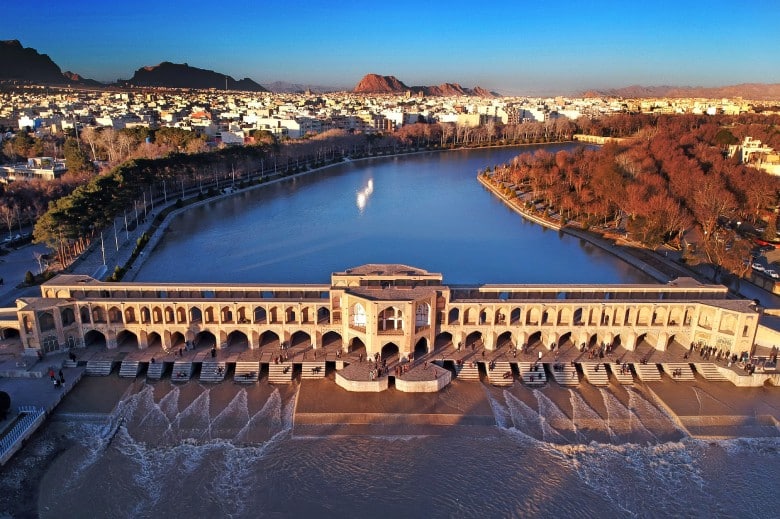
There are two stone lions on both sides of Khajou Bridge as if they are the guardians of this historical bridge. These stone lions have been symbolically taking care of Khajou Bridge for about 4 centuries and have gained special popularity during this time.
The Qiblahnama, a notable attraction of Khajou Bridge, can be found on a stone slab near one of the lions in the northern part of the bridge.
The design of the spring arch roofs of Khajou Bridge is unique, with edges facing each other on the sides of the bridge. If tourists stand on opposite sides, they can communicate with each other through the roofs.
From an aerial view, one can observe a majestic eagle soaring over the Zayandeh River when looking at Khajou Bridge.
The Purpose and Location of Khajou Bridge
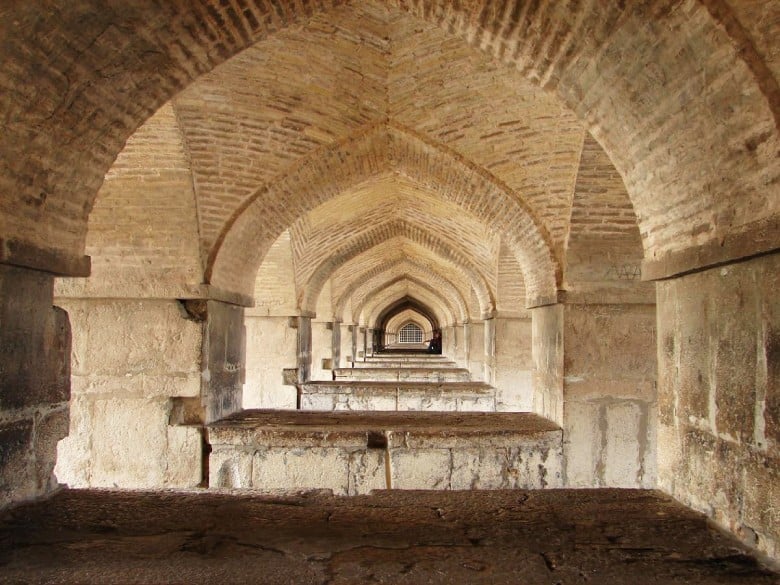
Khajou Bridge serves a dual purpose as both a bridge and a weir, connecting the Khajuo quarter on the north bank with the Zoroastrian quarter on the opposite side of the river. It spans the Zayandeh River, the largest river on the Iranian Plateau.
Located on the Zayndeh River in Isfahan city, Khajou Bridge is approximately 1800 meters away from the Si-o-se Pol (Allah Verdi Khan Bridge). It is situated at the southern end of Chaharbagh Khajou and at the eastern end of Kamaluddin Ismail Isfahani Street.
Khajou Bridge Cultural Significance
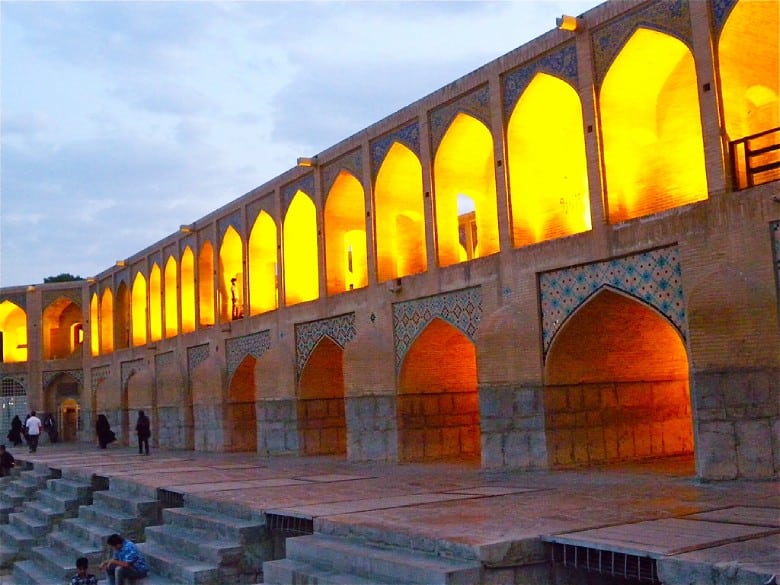
Isfahan’s poets have written beautiful poems about the Khajou Bridge, praising its beauty.
Shah Abbas II’s goal in building the bridge was to connect the Khajou and Hassanabad districts with Takht-e Folad and Shiraz Road.
Tourists have consistently admired the Khajou Bridge as an eternal masterpiece of Iranian and Islamic architecture.
In addition, Khajou Bridge is one of the attractions of Isfahan and attracts many tourists from all over Iran and the world.
Nightlife at Khajou Bridge

Khajou Bridge presents a unique look during the night, attracting the residents of Isfahan to spend their Thursday evenings by its side. The communal atmosphere, the joy of sharing a meal with loved ones, and the delightful nighttime weather in Isfahan create a truly unforgettable experience. Furthermore, Khajou Bridge serves as a venue for various events and celebrations, including holidays.
Final Words
The Khajou Bridge (pol-e khajoo) is one of the historical bridges on the Zayandeh River in Isfahan city and serves as one of the main historical places in Isfahan and Iran.
Isfahan’s poets have written beautiful poems about the Khajou Bridge, celebrating its beauty.
Visitors regard it as a timeless masterpiece of Iranian and Islamic architecture. Khajou was constructed under the command of Shah Abbas II. It was a place for public meetings and gatherings in the past.
Arthur Pope and Jean Chardin described Khajou as “the culminating monument of Persian bridge architecture,” combining utility, beauty, and recreation.
Khajou Bridge’s FAQ
Where is Khajou Bridge?
The Khajou Bridge can be found on the Zaindeh River in the city of Isfahan, approximately 1800 meters from the Si-o-se Pol (Allah Verdi Khan Bridge). Situated at the southern end of Chaharbagh Khajou and the eastern end of Kamaluddin Ismail Esfahani Street, this bridge holds a prominent position in the area.
Is Khajou Bridge close to Si-o-se Pol bridges?
Khajou Bridge is one of the bridges of Zayandeh River in Isfahan and it is located at a distance of 1800 meters from the Si-o-se Pol or Allah Vardi Khan Bridge.
Who built Khajou Bridge?
In 1060 AH, Shah Abbas II of Safavi ordered the construction of the Khajou Bridge on the remains of the Hasan Bey Bridge from the Timurid period.
